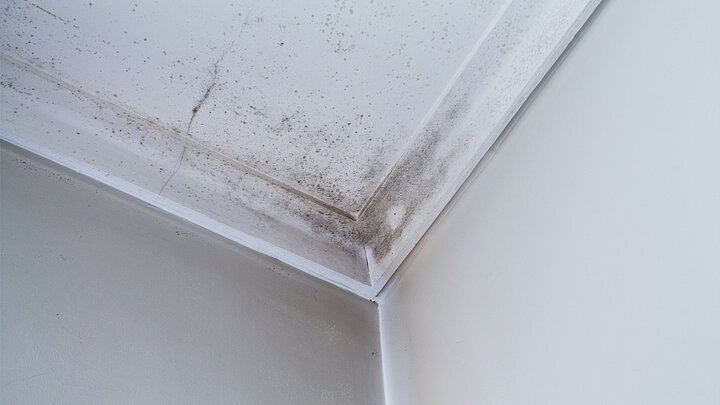Isokorb® Structural Thermal Breaks.
Insulate concrete-to-concrete slab edges.
By using Isokorb® concrete slab edge thermal breaks, you can reduce heat loss by up to 90 %. They will also help prevent mold growth and increase thermal comfort where slab edges of concrete buildings penetrate the insulated building envelope.
Uninsulated slab edges penetrating insulated building envelopes act like heat sinks, creating a thermal bridge between the cold exterior slab edge and the warm interior floor slab, exposing the developer to short- and long-term problems including:
read more
Problems caused by exposed, uninsulated slab edges
- Cost and environmental impact of wasted energy
- Condensation in interior cavities resulting in mold growth, respiratory problems and associated liability
- Discomfort due to cold interior surfaces
- Noncompliance with new energy code requirements
Conventional exposed slab edges waste heat, cause mold growth
Conventional exposed slab edges create a thermal bridge in the otherwise continuous insulation of the building envelope, rapidly conducting heat away from the interior floor slab, through the envelope and into the exterior environment.
For decades, wasted heat was considered unavoidable in North American buildings with exposed slab edges.
Because these buildings also leaked air profusely, interior humidity levels equalized with low exterior humidity levels (typically 18 to 25%) during winter months. Forced hot air typically vented at or near cold slab edges further ensured that interior humidity remained too low to reach dew point, form condensation or support mold growth.
Airtight vapor barriers solved one problem, caused another
Modern buildings wrapped in airtight vapor barriers require less heat and retain more moisture from evaporation and human off-gassing, producing interior humidity levels of 35% to 50% (typical) during winter. While this humidity increase benefits energy efficiency and human comfort, it also allows the interior air to reach dew point, form condensation and support mold growth where cold floor slabs penetrate the interior side of the building envelope.
Mold can grow on the inside face of sheetrock, studs and insulation years before it becomes visible on interior ceilings and walls adjacent to slab edges, exposing the developer to remediation and liability costs.
Schöck Isokorb® Structural Thermal Breaks support slab edges, while cutting heat loss by up to 90 % and preventing the formation of mold
Schöck Isokorb® concrete slab edge thermal breaks are fabricated assemblies that are cast into the concrete floor slab at the location of the building insulation layer. The thermal break insulates the interior floor slab from the exterior exposed slab edge while transferring the loads imposed on the exposed slab edge back to the interior floor slab.
Insulating exposed slab edges with Schöck Isokorb® offers multiple benefits:
- Prevent condensation and mold
- Reduce heat loss by up to 90%
- Improve the effective R-value of your building envelope by up to 50%
- Increase warmth of interior floors by up to 34°F/19°C
- Most effective way to meet the code requirements for continuous insulation





